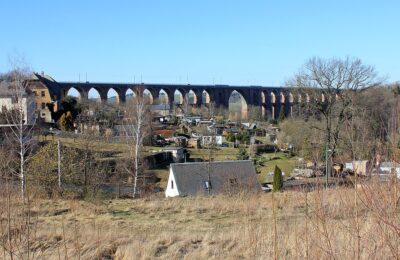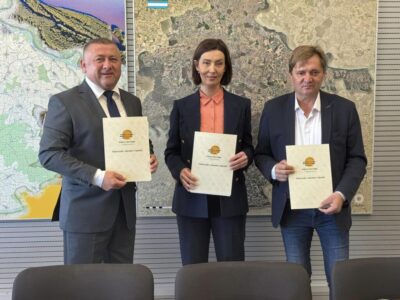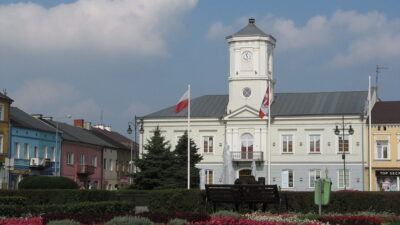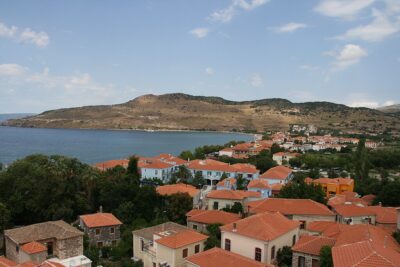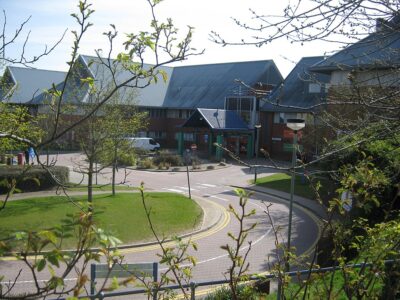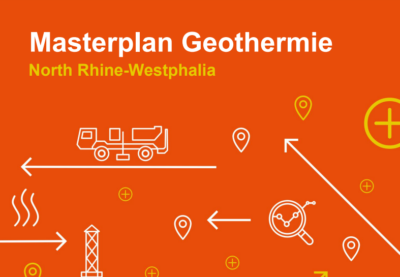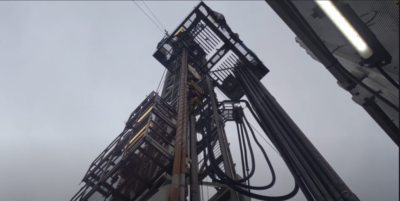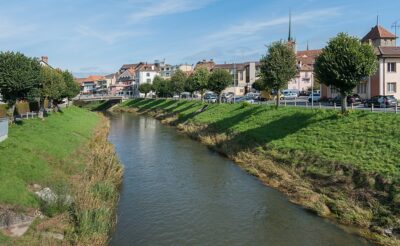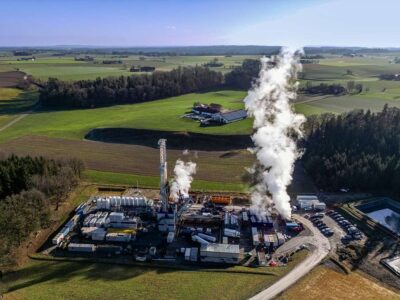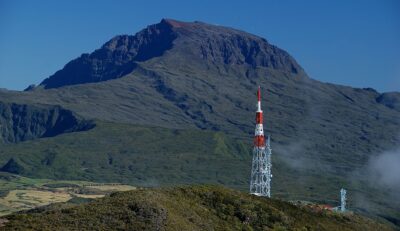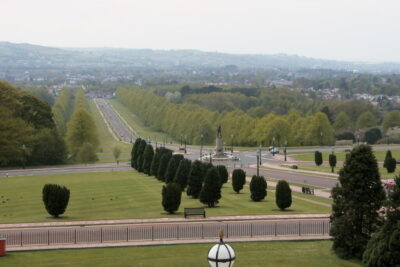A new eco-district in Paris to be entirely heated by geothermal
A new eco-district in a suburb of Paris, France will be utilising a planned geothermal district heating system to supply 1,500 homes with affordable and green heating. The project is planned and will be operated by Dalkia.
On a hill overlooking the river Seine, in the place of and old fortress from the nineteenth century, an eco-district will emerge. A brand new urban area, with its buildings, shops, two schools, a media library, all built in compliance with the highest environmental standards. Green buildings, waste collection, electric cards in self-service, everything will be designed to reduce the carbon footprint of the buildings
The new district will be built in Issy-les-Moulineaux, a municipality in the southwestern suburban area of Paris, France, lying on the left bank of the river Seine. It is one of Paris entrances and is located 6.6 km from Notre-Dame Church, which is considered Kilometre Zero of France.
Heating
As part of making the district green, energy plays an important role. To heat the 1,500 homes in the new neighborhood, the city and its Dalkia operator are making ??the bet of a geothermal heating system. The principle is simple: hot water from the Land used to produce heating and hot water. “It has long been known that geothermal systems could provide for large supply, said Jean-Baptiste Sivéry responsible for Renewable Energy at Dalkia, Ile-de-France, but the site Fort Issy had a perfect setup: very concentrated and a good resource available nearby. ” In this case the water table, housed 750m deep, and home to a water at a temperature of 28 ° in summer and winter. A great reserve of energy that must however be brought to the surface to be exploited.
An endless supply
A pump draws the geothermal water, the heat of the basement is well transmitted through a heat exchanger to a circuit that will take it to the foot of the buildings. There exchangers will provide the warmth of the water to supply heating and hot water housing, but also the shops and the neighbourhood swimming pool. At the end of its journey, water is reinjected into the original table, where she will gradually return to its original temperature.”About 80% of hot water needs are covered by geothermal energy, which reduces the need for fossil fuels and saves 2,000 tons of CO2 per year! “An inexhaustible energy, totally clean, and accessible to all, provided that one has a large geothermal resource, which is the case in many parts of France, especially around the capital.
Source: Le Parisien







